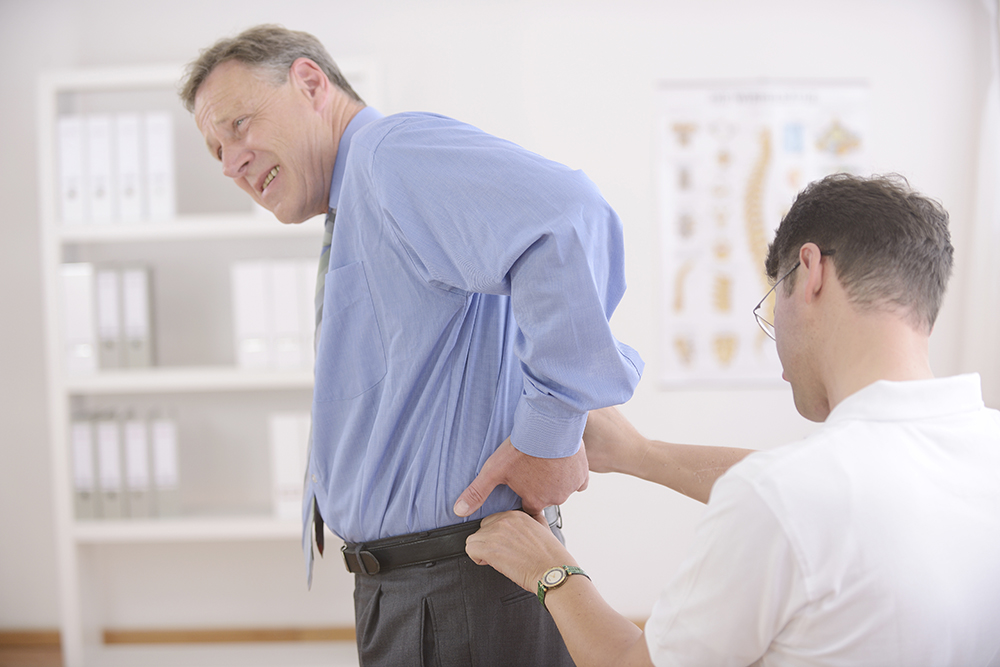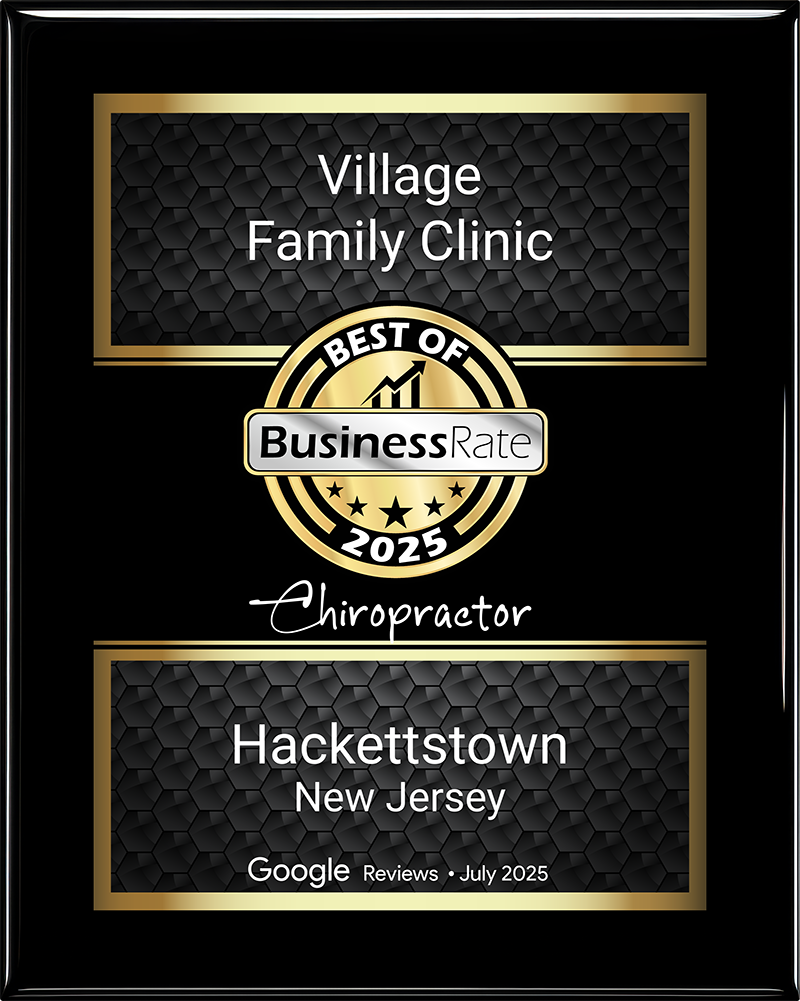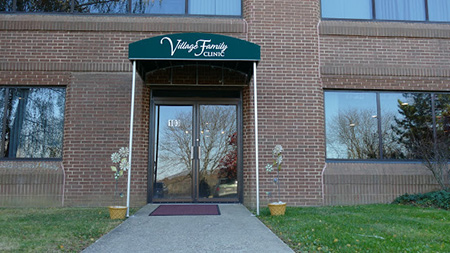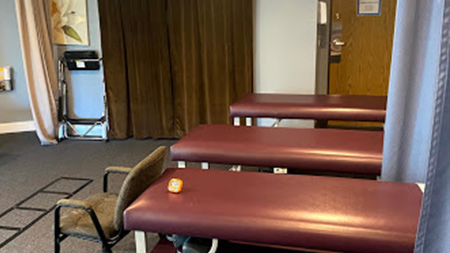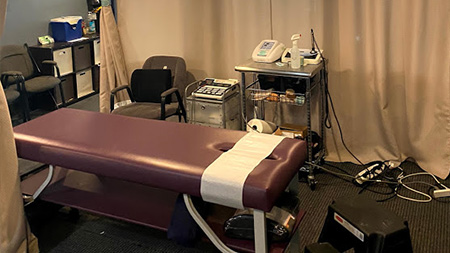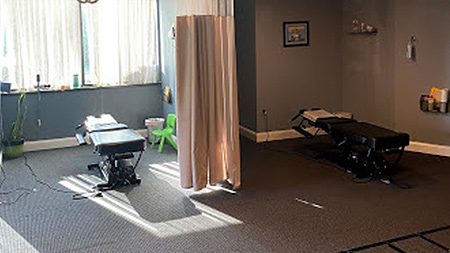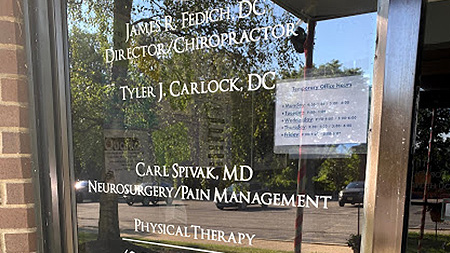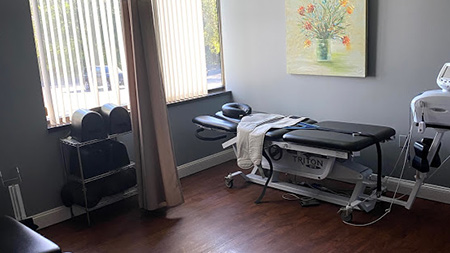It’s Time to Get Hip!
Things in the world of Hip region pain are changing. So here is a quick synopsis of 4 of the more common hip issues.
- Femoral Acetabular Impingement (FAI): This is one of the newest hip problem diagnosis. It has come about because of the ability to perform much better imaging (X-rays & MRI) of the hip region. The problem is a developmental change in the either the shape of the Ball (Femoral head) or Socket (Acetabulum) which causes increased stress in the hip joint which can cause irritation to the joint surfaces or damage to the cartilage ring (Labrum) , all the way to early joint (articular) cartilage damage. There are 3 types of changes typically seen CAM the ball has an abnormal shape, Pincer there are spurs at the edge of the socket or Mixed both a CAM and Pincer change.
Treatment ranges from the use of NSAID’s, Education on avoiding aggravating activities and motions, Physical Therapy and either Hip Arthroscopic or Open surgery. This condition is most commonly seen in the younger 15 to 35-year-old active population. The pain can be felt deep in the groin, outside of the buttock and upper and mid-buttocks. In some cases there is “clicking”, “catching” and a sense of “locking”. There is still a fair amount of controversy on what is the best treatment approach. Currently, the standard for diagnosis and care recommendation comes from the Warwick Agreement on FAI published in the British Medical Journal 2016.
https://bjsm.bmj.com/content/50/19/1169 Warwick Agreement - Gluteal Tendinopathy (Lateral hip pain): This can be considered the hip’s version of the shoulder Rotator Cuff issues. The past was used to describe this problem was Greater Trochanter Bursitis but again better quality imaging and research are showing that the tendons of the Gluteus muscles (Buttock muscles) are actually the culprits. The pain is typically felt along the outside of the hip, mid-buttock and occasional down the outer or inner thigh. The pain is worse with activities that increase forces about the affected hip such as walking, running, going up stairs, getting up from a chair, getting into or out of a car and lying on the painful side.
There have been two recent major research papers that show that a Physical Therapy program of guided exercise program of progressive loading levels, education in proper loading and reducing aggravating habits during the reactive phase has a much better outcome within 8 weeks Vs. injection of the area or simply waiting for the problem to self-resolve. The typical patient population is post-menopausal women, runners or people who have suddenly changed their activity level.
https://www.bmj.com/content/361/bmj.k1662 (LEAP trial)
https://www.ncbi.nlm.nih.gov/pubmed/25969366 - Hip Dysplasia: Is the term used for a group of joint disorders which most commonly involves a “shallow” socket which fails to fully cover the femoral head (ball of the uppermost thigh bone). When this lack of coverage occurs the hip joint becomes unstable and usually leads to early onset of joint osteoarthritis. Common symptoms of hip dysplasia include:
Pain in the groin or side of the hip, the sensation of “catching” or “popping” with activity, worsening pain with sitting, walking or running, limping, and increased difficulty with strenuous activities.
Hip dysplasia can be congenital or developmental and can range from mild to severe and be diagnosed at all ages. Diagnosis is usually made by the patient’s reported history and imaging ranging from X-ray, MRI and CT scan. Because moderate to mild dysplasia can mimic other hip issues it sometimes takes the failure of conservative care measures before the diagnosis is confirmed. Treatment can range from bracing, exercise, surgical procedures such as osteotomy and Total Hip Replacement in advanced cases. Hip Dysplasia is more common in females and occurs more frequently in the left hip (64%).
Hip Osteoarthritis (OA): Is the onset of degenerative wear of the highly specific “hyaline” cartilage that covers the head of the femur (ball) and pelvis acetabulum (socket). Causes of hip OA are increased age >55, family history of OA, Previous hip injury, Obesity, and the already discussed hip dysplasia. Treatment can range from minimizing aggravating activities, switching from high-stress activities such as tennis or running to swimming or cycling and weight reduction. Physical therapy to help maintain joint and soft tissue flexibility and strengthening affected muscles of the lower limb. Temporary or long-term use of assisted devices such as canes, crutches and reaching devices. Medications such as NSAIDs, Acetaminophen, and Corticosteroids can help with pain associated with OA flare-ups. End-stage disease surgical options are Total Hip Replacement (THR). There are now two predominate surgical approaches, 1. Posterior and 2. Anterior approach. Both have been found to be highly successful. https://www.ncbi.nlm.nih.gov/pmc/articles/PMC5759198/ : Comparison of 3 types of surgical approaches
Village Family Clinic offers proven conservative care such as Physical Therapy, Chiropractic care, Nutritional counseling, and Acupuncture. If you are having hip area pain and problems we offer care to help you get back to the activities and life you want to have!.
Should you have any questions regarding this information please feel free to contact us.

